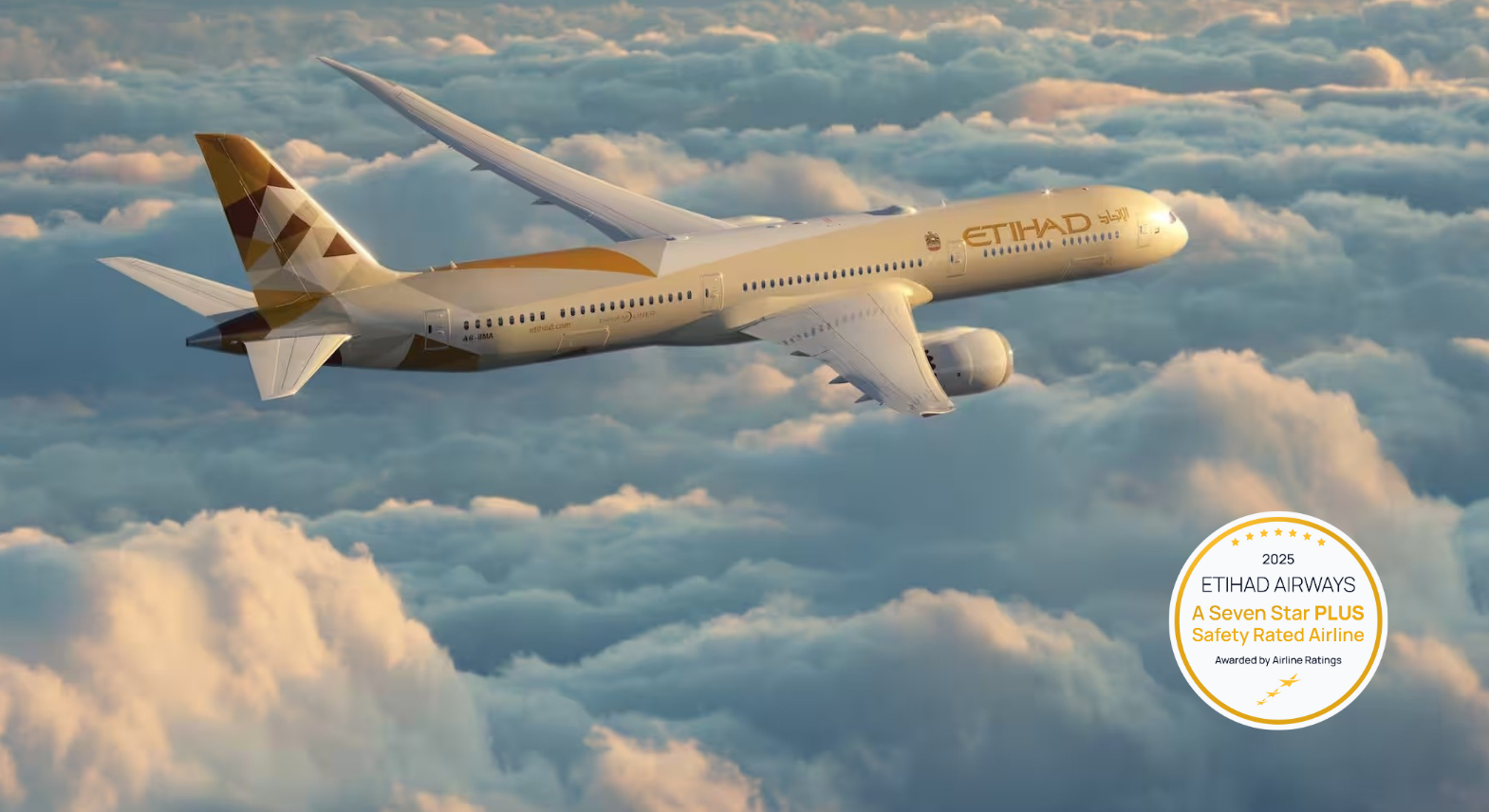By Clive Dorman
Published Thu Apr 14 2016
We live in the era of the “holiday tax”, as the Tourism and Transport Forum lobby group terms it, and Australians are especially vulnerable.
Travellers don’t have well organised activist groups fighting on their behalf so, now more than ever, revenue-hungry governments regard them as ATMs who won’t push back too hard if their pockets are picked.
Even though it started as a cost-recovery measure in 1978, Australia’s notorious Passenger Movement Charge (PMC) has grown into a monster expected to collect more than $A1 billion in 2016 – four times the cost of the Customs and Immigration services it was originally designed to pay for.
Travellers now don’t see the PMC, which they used to have to pay at a booth at the airport before they entered the Customs area. The $55 charge is hidden in the air fare and collected by the airlines.
But, along with hefty airport charges for international passengers, the PMC’s effect on fares is stark. For example, domestic tickets on the Sydney-Cairns route are regularly on sale for as little as $100 one-way or $200 return, but usually double that on trans-Tasman routes of similar length, such as Sydney-Auckland, which also attracts a Sydney airport fee of more than $30 for each arriving and departing passenger – double what the airport charges domestically.
[The fees premium charged by Sydney Airport for international services is believed to have been the main reason the airport lobbied hard against a proposal championed about a decade ago by former Jetstar chief executive Bruce Buchanan, who told the Rudd-Gillard Labor government he could cut fares by 30 per cent if Canberra and Wellington approved domestic services across the Tasman. The government needed little persuasion to block the move as it stood to lose hundreds of millions of dollars in revenue from the PMC.]
In fact, for short-haul international routes of less than 3000 kilometres, the PMC is now the world’s most expensive travel tax and the Tourism and Transport Forum has been lobbying Canberra to reduce it or, at worst, freeze at the current level.
However, with both Liberal and Labor governments locking in steep increases in education and welfare spending in the past decade and under pressure to spend even more, the TTF hasn’t been able to extract any promises from the current federal Tourism Minister Richard Colbeck or the Treasurer Scott Morrison as the May 3 federal Budget approaches.
Yet the PMC pales when compared to Britain’s hated Air Passenger Duty – another “cost recovery” tax that has turned into a price-gouging monster raising around £3 billion ($A5.5 billion) a year. The APD increased again on April 1 this year from £71 to £73 ($A134) for long-haul economy-class passengers from Australia or $536 ($A986) for a family of four. It’s double that for those in premium economy, business or first class.
Add the PMC at the Australian end and each traveller between Australia and the UK is up for around $A189 in travel taxes, not counting Australian GST/UK VAT and government taxes on aviation fuel.
The result is that, from Australia, nearby destinations like Paris and Amsterdam are often $100-$200 return cheaper and airlines have reported a “chicken run” by price-conscious flyers travelling via the Continent to avoid being tax-gouged by Her Majesty’s Treasury in Whitehall.
There’s also a new tax hazard for long-haul travellers bound for Germany (€42 -- $A61) and Austria (€35 -- $A51). The UK, German and Austrian governments dismissed warnings from the airlines that a similar tax in the Netherlands, axed in 2009, had cost the Dutch economy €1.2 billion ($A1.75 billion) a year when it had raised only €318 ($A464 million).
Germany and Austria announced their “ecological departure taxes” in 2010, but none of the money raised went to environmental causes: it went straight into general revenue to combat government deficits.
That is exactly what is happening in Australia. “The $55 Passenger Movement Charge has now morphed into a $1 billion holiday tax on Australians and international visitors leaving the country that grossly outstrips the $247 million cost of processing passengers at the border,” says the TTF’s chief executive, Margy Osmond.
“With more than 9.4 million Australians travelling overseas in the past year, the holiday tax has become a cash grab that goes straight into the Federal Government’s coffers.
“If you purchase a $300 one way ticket from Sydney to Bali, $55 of that is now going to the Federal Government through its holiday tax. A lot of travellers would be questioning what they are getting for their hard earned money.
“The Federal Government should be using the upcoming Federal Budget to confirm that it will maintain a freeze on any increase in the holiday tax and outline its plan to reduce the cost of this tax on travellers.”
Have questions or want to share your thoughts?
Get In Touch





